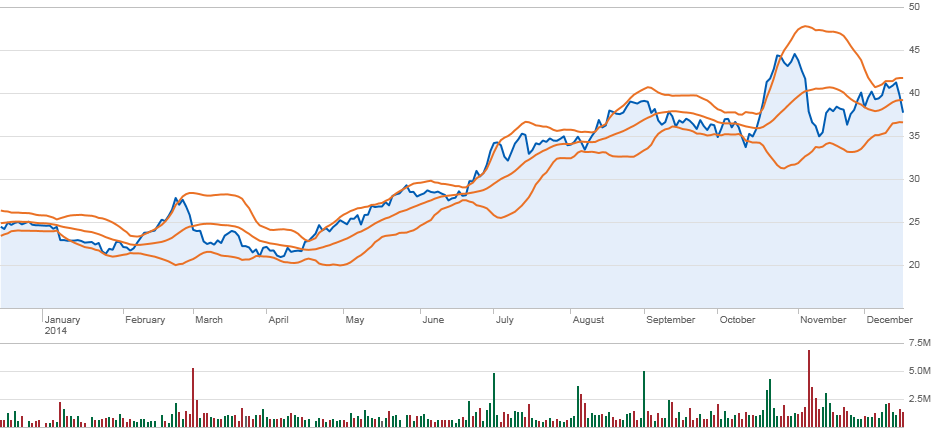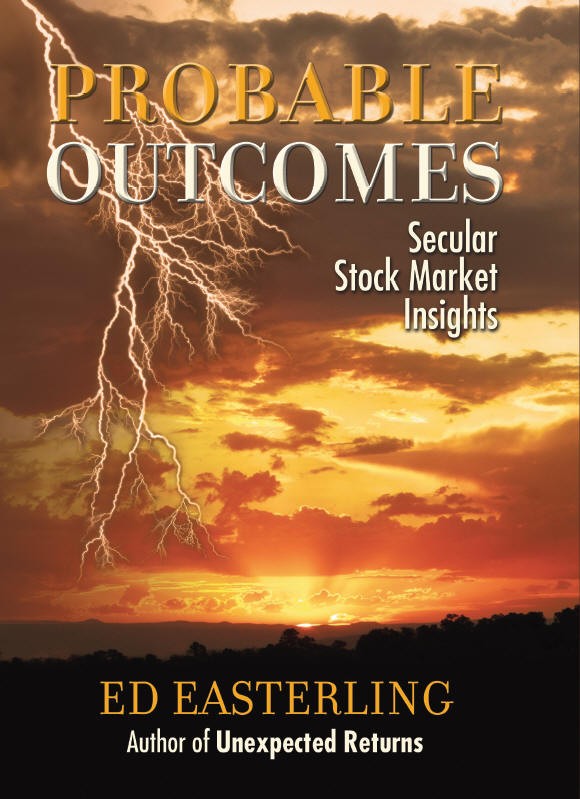Climb The Bond Ladder To Higher Income Bonds Market Dhara Web Site
Post on: 22 Апрель, 2015 No Comment

Home Bonds Climb The Bond Ladder To Higher Income
1/9/2012 1:41:08 AM
Administrator
Posts: 562
Interest rates aren’t as stagnant as you may think. While the Fed may influence the interest rate, other markets move up and down of their own accord as supply and demand for borrowed money changes. However, the Fed’s actions normally send a rippling effect throughout bond markets because a Fed rate hike commonly results in higher rates in other bond markets. Of course, the reverse is also true — a cut in the Fed rate often brings rates down in other fixed income markets. It’s also important to understand that the shorter the maturity of a bond is, the lower the yield you will get for the money you spend on it, generally speaking. When the Fed rate rises, the remaining maturity yields tend to rise as well, but the longer the maturity is, the higher the rate rise tends to be.
The 10-year Treasury Yield Index (TNX) is commonly followed because of its applicability to both the bond and mortgage markets. Figure 1 is a historical chart of the TNX, dating back to 1964. As shown in this time frame, rates have been as high as 15% in the early 1980s to as low as 2% in 2009. A rough estimate of the chart could lead investors to suppose an average range of about 6-7% on the 10-year yield. This would suggest that a reversion to the mean should pull rates much higher in the future.
Figure 1: History of TNXSource: ProphetCharts
The particularly high interest rates of the early 1980s through to the really low rates of 2009 have created a downward channel for almost 30 years. Chart technicians might tell bond investors that a sustained break of the channel may be very bullish for yields and the long-term perspective on rates could likely result in an uptrend over time.
Potential Rate Drivers
The Fed targets interest rates movements up or down, depending on the need to stimulate economic growth or slow down inflation. Interest rates dropped in 2009 because the Fed saw a recession threat and the need to free up liquidity for banks caught in the credit crisis. However, rates in the late ’70s and early ’80s were higher because inflation was growing rapidly during this time frame. In an attempt to curb inflation by reducing the demand for goods and services, the Fed raised rates, thus driving up the costs of borrowing and financing.
But demand for yields also moves interest rates because investors try to anticipate what the Fed may do. For example, if fixed income investors believe the Fed will raise interest rates, they may hold off purchasing bonds and other fixed income investments. At this point, bonds must offer attractive yields and lower prices to entice investors into the markets. Only when investors feel that yields are high enough to compensate for the expected rate increase will they invest in the bond. Conversely, when there is an expected rate decrease, bond prices will increase, resulting in lower yields.
Inverse Correlation of Yields and Prices
It’s important to remember that when bond yields rise, bond prices are falling. For example, if you invested $10,000 in a bond that is paying 5% today and then tomorrow, new bonds have rates of 5.25%, you wouldn’t be able to find buyers willing to pay the full $10,000 for your bond because they can get a better rate today at that same price. Conversely, if your bond is paying 5% and the next day new bonds rates decrease to 4.75%, you could expect a buyer to pay you a premium for your bond because it has a higher payout than what is currently available.
Figure 2 compares the 10-year Treasury Index (TNX) to the iShares 7-10 year Treasury (IEF) ETF. The TNX represents changes in yields while the IEF represents changes in bond prices for a similar length of maturity. Notice how closely each price line reflects the other. Because there is some difference in the maturities that make up the IEF, it shouldn’t be an exact reflection but it’s close. This is an excellent demonstration of the inverse correlation of yields and prices.
Figure 2: TNX (Black) vs. IEF (Blue)Source: ProphetCharts
It’s important to remember that the lower the bond’s maturity, the less a bond’s price will fluctuate when rates change. For instance, Figure 3 compares the iShares 10-year Treasury (IEF) ETF to the iShares 3-7 Treasury (IEI) ETF. Notice that the IEF (in black) has much greater price swings than the IEI (in blue) over the same time frame. This tells us is that if we are expecting rates to increase, we may want to consider investing in shorter maturity bonds because their prices will be affected less by rate changes.
Figure 3: IEF (Black) vs. IEI (Blue)Source: ProphetCharts®

Creating Bond Ladders
Most investors, whether professional or not, struggle to know when rates will rise and fall. However, being able to time rate changes isn’t as important as knowing how to compensate for them.
First, investors must remember if they are purchasing bonds versus purchasing a bond fund, they are promised the full return of the principal upon maturity. Also, a bond holder is promised the regular payments until maturity. If rates rise, the bond may be worth less if sold that day and you may not receive the new higher yield but you will still get your principal and your payments back if you hold it to maturity. You just need to be patient.
Second, make sure you’re not putting all your money into the same maturity. If you are expecting rates to rise, choose lower maturities or a variety of bonds with varying maturity lengths: three years, four years, five years and so on. This is called laddering and it does a couple of things. First, it allows you to diversify your bond portfolio, which is almost always a good thing. Also, you should have bonds coming to maturity that you can reinvest at the new higher rates. If you rely on the income from your bonds, consider bonds with different payment months so you can space them out to make sure they arrive monthly to help with monthly bills.
Viable Alternatives
Professionals commonly use high-paying dividend stocks at a good value and high-paying dividend utility stocks as alternatives to bonds when yields are low. Undervalued stock and utilities are not known for making large swings. Dividends are normally paid on a quarterly basis and most of these companies pride themselves on their ability to pay consistent dividends year in and year out. Also, they like to be able to raise their dividends each year as a reward to stockholders and as a sign of financial strength. It’s similar to receiving a raise if you’re on a fixed income.
It’s important to remember that when bond yields climb, these dividend-paying stocks will likely begin to decline as income investors put money back into bonds commonly viewed as safer investments. Many income investors will ride out the ups and downs as long as the company remains financially secure because the consistent dividends are what matters most.
Finally, you don’t have to limit yourself to just U.S. fixed income markets. It’s very common to look overseas for higher yields. In fact, you can actually borrow money from Japan and deposit it in Great Britain or take money from the U.S. and put it in Australian dollars. You just need to look at what the country’s central bank rate (foreign equivalent to the Fed) is to determine which countries are paying the highest yields and which are borrowing at the lowest rates. This is commonly known as the carry trade and leverage risk should be studied more thoroughly. (To learn how to profit from interest rate differentials between countries, see Profiting From Carry Trade Candidates .














